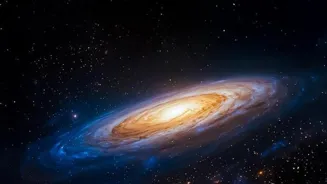Unveiling the Enigma of Andromeda Galaxy: A Cosmic Journey Awaits! Delve into the secrets and wonders of our celestial neighbor
Namaste, space enthusiasts! For generations, humans have looked up at the
night sky, wondering about the mysteries hidden amongst the stars. While our own Milky Way galaxy is definitely a sight to behold, our cosmic neighbour, the Andromeda Galaxy, holds a special fascination.
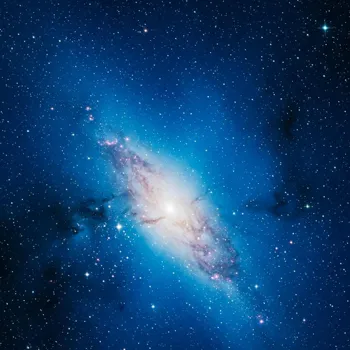
It's the most distant object you can see with your naked eye on a really clear night, and scientists have been studying it intensively. What exactly makes Andromeda so special and why are astronomers so captivated by it? Let's delve into the fascinating details of this galactic wonder.
This celestial beauty holds clues about the universe's past and future. So grab your chai, settle in, and let's explore the wonders of Andromeda! It's a journey of cosmic proportions.
Andromeda: a massive spiral galaxy, our Milky Way's larger neighbor, a trillion stars away
Visible as a faint smudge in the constellation Andromeda, this galactic giant is a spiral galaxy, much like our own Milky Way. But, Andromeda is actually bigger! Estimates suggest it contains a trillion stars, significantly more than the Milky Way. It’s located about 2.
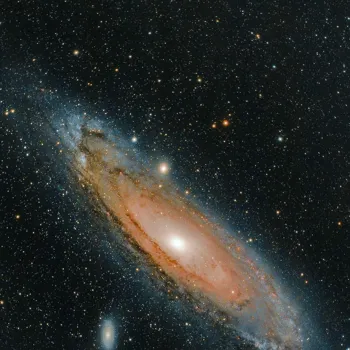
5 million light-years away from Earth, making it our closest major galactic neighbour. Think about that distance for a moment, each light-year denoting the distance light travels in one year.
The light we see from Andromeda tonight began its journey millions of years ago, travelling across the vastness of space to finally reach our eyes. That's a proper long trip! It's a testament to the sheer scale of the universe, and Andromeda gives us a tangible sense of that enormousness.
For Indian astronomers and stargazers, Andromeda is more than a point of light; it is a portal to understanding the dynamics and evolution of galaxies across the cosmic expanse.
Andromeda set to collide with Milky Way, creating "Milkomeda" galaxy in 4.5 billion years
One of the most intriguing aspects of Andromeda is its impending collision with the Milky Way. Don't worry, this isn't something to lose sleep over tonight! Scientists estimate that in about 4.5 billion years, the Andromeda galaxy will crash into our Milky Way.
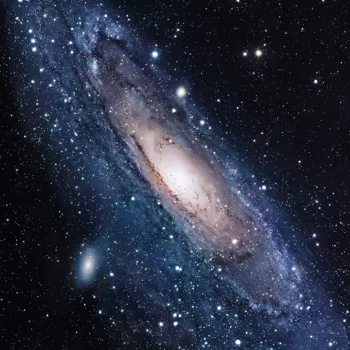
This galactic merger will drastically reshape both galaxies, eventually forming a new, giant elliptical galaxy, nicknamed "Milkomeda." While the thought of two galaxies colliding might sound catastrophic, the vast distances between stars mean that actual stellar collisions are rare.
Instead, the gravitational interactions will scramble the orbits of stars, gas, and dust, resulting in a spectacular cosmic dance. Understanding this collision is vital for predicting the long-term future of our cosmic neighbourhood.
Observing Andromeda allows us to gain insights into the processes that drive galaxy evolution and the potential outcomes of galactic mergers.
Andromeda galaxy's structure and composition studied in detail
Andromeda serves as a valuable "laboratory" for understanding the properties of galaxies. Because it is relatively close, astronomers can study its various components in great detail. This includes its spiral arms, central bulge, and the halo of dark matter that surrounds it.
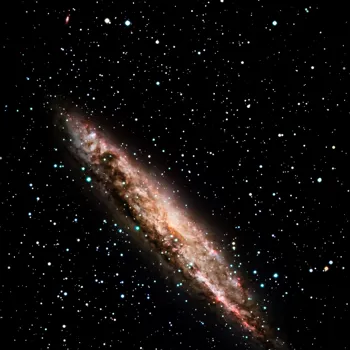
Observations across the electromagnetic spectrum, from radio waves to X-rays, provide a comprehensive view of Andromeda's structure and composition.
Its stellar populations are a mixed population of young and old stars and these stellar nurseries are where new stars are being born within dense clouds of gas and dust.
Analysis of Andromeda's chemical composition reveals clues about the formation and enrichment of galaxies by previous generations of stars.
Andromeda's supermassive black hole compared to Milky Way's
Furthermore, Andromeda is home to a supermassive black hole at its center, similar to the one in our Milky Way. This central black hole, known as Andromeda A (pronounced "Andromeda A-star"), is millions of times more massive than our Sun!
Scientists study the activity around Andromeda A to understand how these behemoths shape the evolution of their host galaxies. The gravitational influence of the black hole affects the movement of stars and gas in the galaxy's core.
Investigating the details of the accretion disc surrounding Andromeda A helps astrophysicists understand the processes of matter falling into black holes and the release of energy in the form of powerful jets.
By comparing Andromeda A with our own Milky Way's supermassive black hole, scientists can gain insights into the general properties of these cosmic monsters.
Studying Andromeda provides cosmic insights for Milky Way
The study of Andromeda is not just an academic exercise. It helps us place our own galaxy, the Milky Way, in a broader cosmic context. It provides valuable insights into how galaxies form, evolve, and interact.
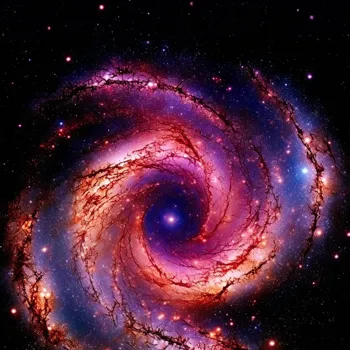
By understanding the processes driving galaxy evolution, we can better understand the history and future of our own cosmic home.
Indeed, future telescopes, both on the ground and in space, are planned to make even more detailed observations of Andromeda, promising exciting new discoveries in the years to come.
So, the next time you look up at the night sky and spot that faint smudge of light, remember that you’re looking at a cosmic neighbour filled with wonders and secrets. It’s a testament to the grandeur and complexity of the universe, and a reminder of our place within it.
